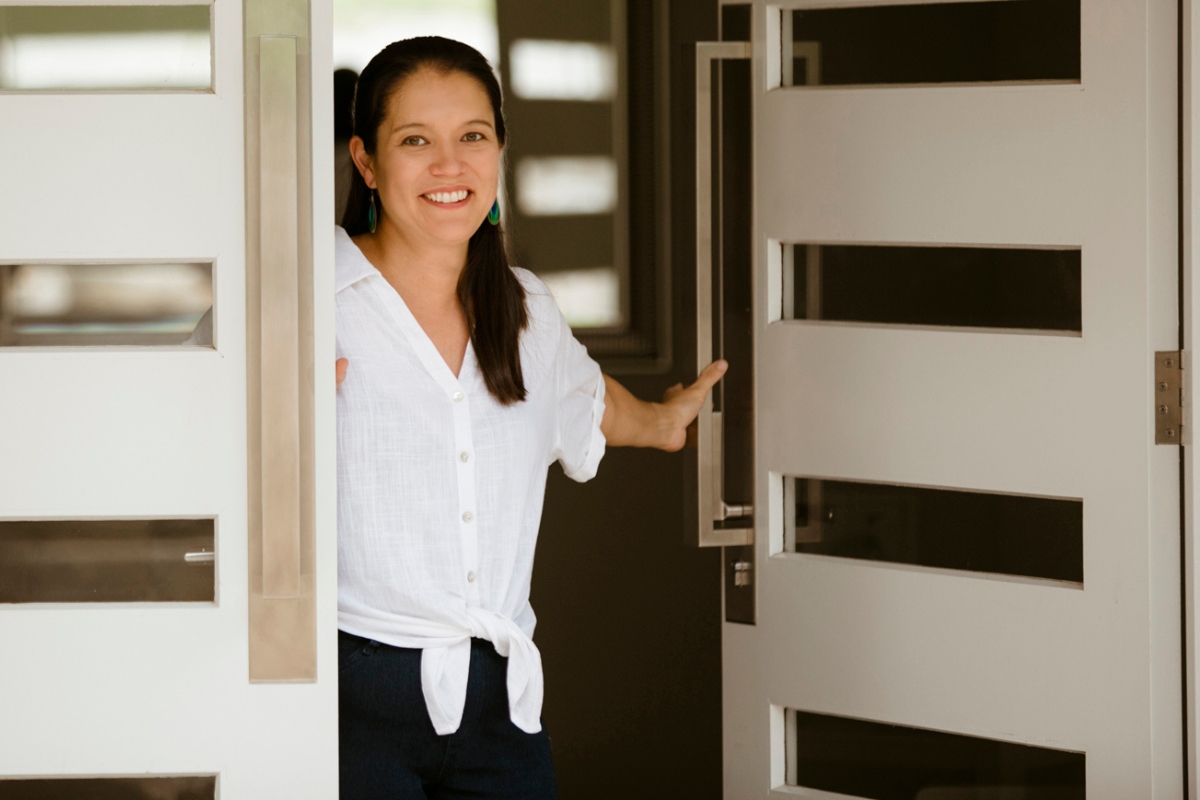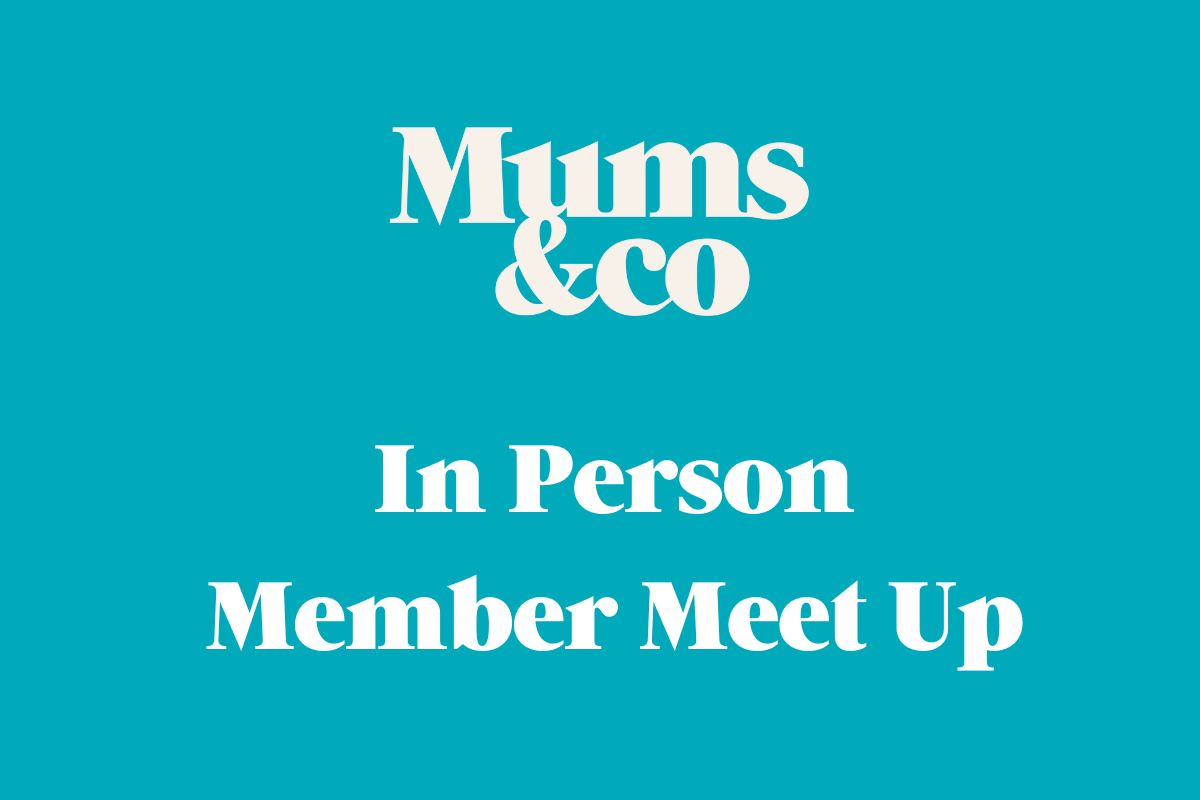Learn how to ace ecommerce with Laura Tisot from Shopify
Are you planning to open an ecommerce shop? If so, don't miss Laura Tisot's in-depth workshop on the nitty gritty of getting it right.
Are you planning to open an ecommerce shop? If so, don't miss Laura Tisot's in-depth workshop on the nitty gritty of getting it right.
What are three things you need to have in place before you set up an e-commerce site?
"A unique idea and selling proposition, an MVP (minimum viable product) as a litmus test for market fit and timing, and the readiness to fail forward and learn if in fact this first business venture is not the end state for you," say Laura.
Are you making any of these mistakes?
Laura says the most common mistake for an e-commerce vendor is, “Setting and forgetting. Like any business, ecommerce is not something that you can set up and then leave to run itself. The difference is that you don't get the same tangible experience in ecommerce as in traditional retail (bricks and mortar).
"Making an ecommerce business successful requires investments in time, money and most importantly - education.
"The rate of change in ecommerce is rapid, so staying in the know about tech developments, customer trends, competitors is needed. While this can be daunting, it also throws up so many areas of opportunity as the online environment changes and develops - new customer segments and needs, as well as ways to serve them keep giving entrepreneurs opportunities to grasp," she says.
How does Shopify work?
Laura explains: "Shopify is a commerce company that enables entrepreneurs (as well as a growing number of larger household names) to set up and run an ecommerce business, billed as a monthly subscription. Not just the website and hosting, but we also offer payment solutions, marketing integrations, point of sale for retail, education and support as well as much more. It's a SAAS platform with a vision to ‘make commerce better for everyone’. HQ is in Canada but our local APAC presence is huge and growing fast, especially in NZ. AU in fact has one of the highest penetration rates of Shopify stores, per capita, in the world."
Once you have everything set up, what then?
"Oh this is a huge topic, and will make up the bulk of my workshop. First of all, having an MVP (minimum viable product) is a good first step, and something (I would argue) that is not the perfect site or customer experience - it's a test to validate that your idea and business is in fact a good one. As far as tools go for acquiring customers, the go-to platforms are where your customers spend their time; Instagram, Facebook, Pinterest, blogs, Google's search engine and even offline media like interest magazines or pop-up markets. When it comes to transacting or converting on site, this is where best-practice of UX (user experience design) comes into play. Ultimately, each step that a customer needs to go through when buying, and each small decision they need to make before pressing 'buy now' is a friction point, and a potential drop-off point. Minimising friction and facilitating easy decisions is what good UX comes down to," explains Laura.
Are there any affiliated services or products that dovetail into Shopify?
Laura says yes.
"Shopify have an entire ecosystem of applications, tech services, agencies, freelancers and experts that Shopify store owners can draw on to assist with running and improving their ecom business. Many of these Partners work solely with Shopify and are experts in their field. Apps are one thing I'll be covering off in the workshop in greater detail."
What's the ratio of bricks and mortar shops versus online shops?
Laura says, "As of January 2019, online shopping is responsible for 9 per cent of Australia’s total retail sales. Also, the number of online shoppers will reach 20.3 million in 2019, which is 5 per cent more than last year. Australia is currently the 10th largest ecommerce market in the world by revenue. Eight out of ten Australians shop online. By 2020, every one out of ten items will be bought online. In 2017, Australians spent $21.3 billion buying goods online, an increase of 18.7 per cent. The online spending growth outstripped traditional retail by 16.2 percentage points. In short, online sales are growing at a faster rate than traditional retail (aka bricks and mortar) and the path to purchase is cross-functional. Even with in-store purchases, online research and price comparisons are often happening before the customer walks through the doors to make that final purchase."
If you have a successful online store, is it worth expanding into bricks and mortar stores?
"This is a hard question, and the short answer is yes. The long answer is that it needs to be done right, as the customer expectation is changing for what a 'successful' bricks and mortar store really looks like. Customers or buyers are increasingly after an in-store experience rather than just a place to pop in and pick something up. They're after a learning experience, testing environment, fun place to visit with friends. Of course it also need to make sense logistically and financially. Many of my Shopify Plus merchants (in my wider portfolio) run pop-up stores or warehouse sales throughout the year as a way to have that ‘in real life’ connection with customers, deliver an amazing experience as well as drive sales - all while keeping the ongoing costs of this low," says Laura.
Are online customers different to bricks and mortar customers?
Laura says, "Increasingly, no. Of course the older generation are more accustomed to shopping in-store rather than online but that's definitely not a split down the middle. Generation Z, in particular, are actually heading in store more than even Millennials, who are just one generation older than them. There are definitely some differences between the typical retail vs online customers, but it's getting easier to cater to these differences online, and making this buyer experience more customised, approachable and simple too. A lot of this comes down to understanding some of the differences, and segmenting customers accordingly."
What about remarketing - is this something you recommend if you have the data for customers who abandon their purchases?
"Absolutely. Abandoned cart notification emails is actually in-built into Shopify, and is a fantastic way to get customers back to complete their purchase. This is also just one way to retarget customers, and I'll speak to more of this in the workshop. Data smarts is key to this - understand what data you've got in front of you, and it's fairly straightforward to have it working hard for you, with minimal manual input required," says Laura.
What's the one thing you want everyone to understand when they leave your workshop?
Laura says, "An understanding of the customer funnel and tactics to support, influence and drive cut-through at each stage of this decision making process."
Don't miss out!
Get your ticket to Be-MPowered here. This workshop is limited to 20 people and it's first in, best dressed.
-1.png)

.png)

.png)






